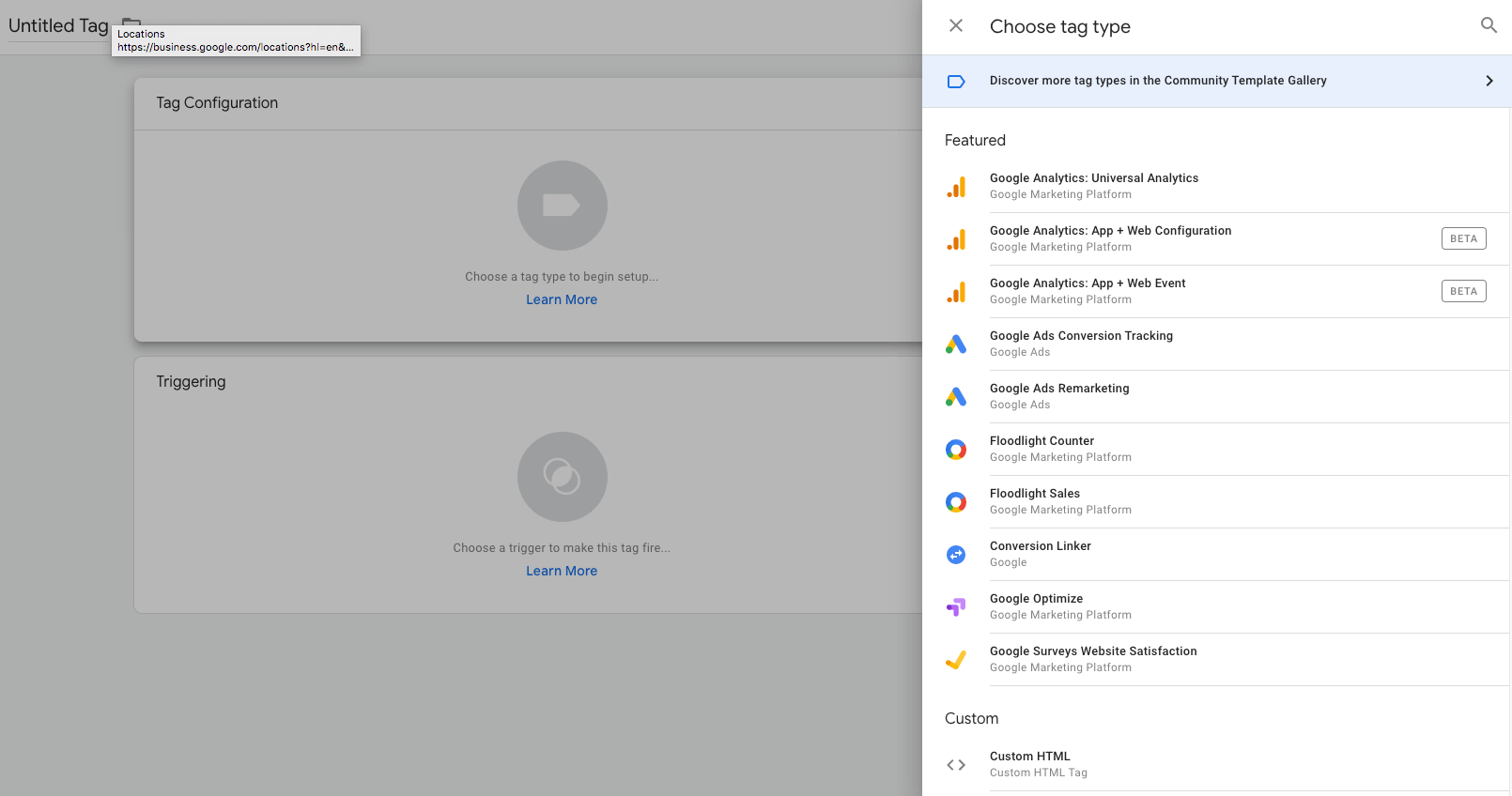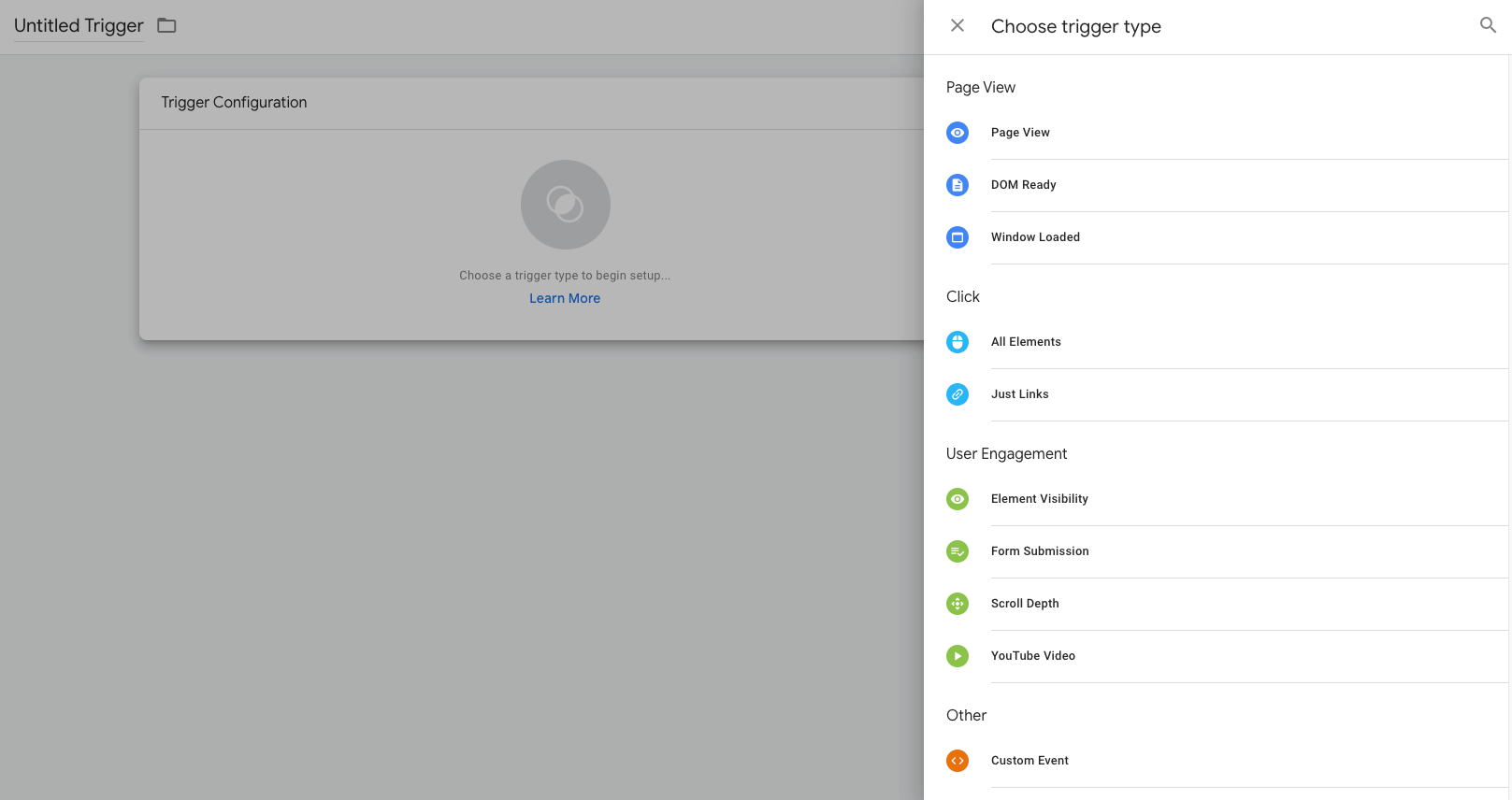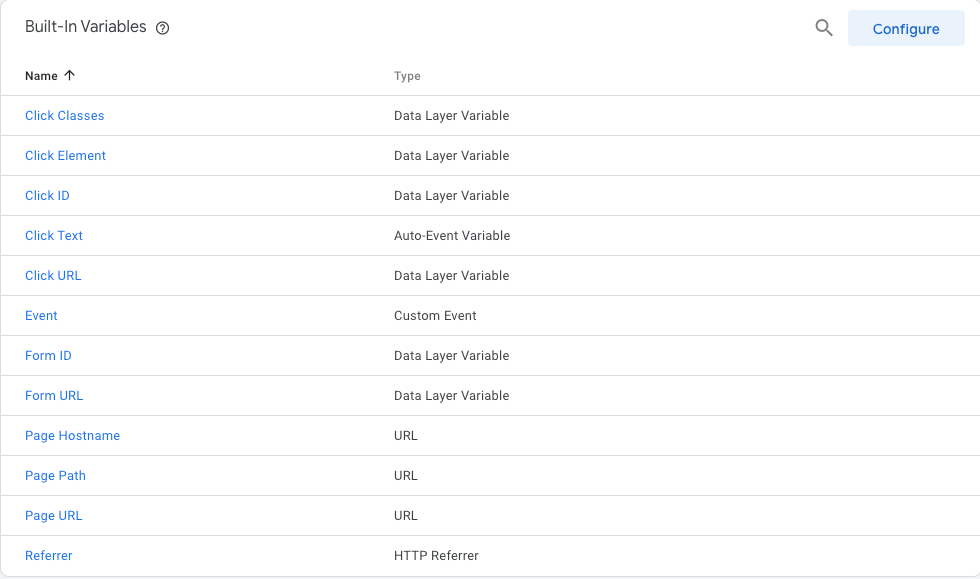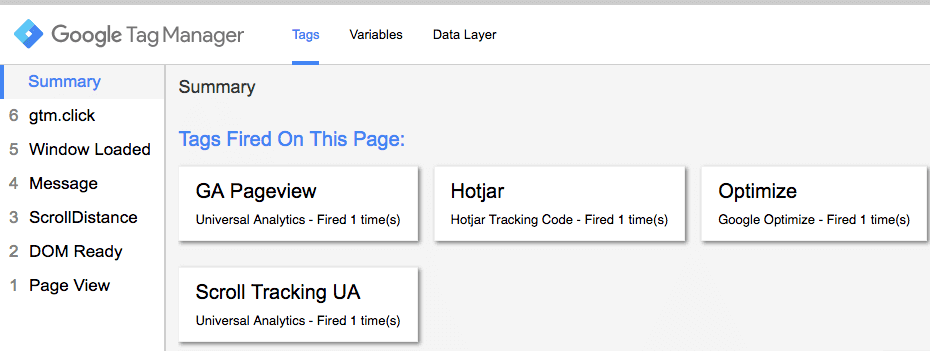
Digital marketing shines on data. On any website, it’s essential to understand how people interact with your website. Google Analytics provides a plethora of important data on how people interact with your site, but there are restrictions when used by itself. With the use of add (GTM) and Google Analytics together, you’re able to collect more data. First, we’ll be diving into what exactly is GTM, the basics, the pros & cons of using GTM as well as the preview & debug feature.
What is GTM?
Google Tag Manager is a free tool that allows you to manage your website with tags without modifying the code. It collects information on your site and sends it to third parties (Google Analytics). There are multiple ways to use the tags, such as monitoring form submissions, website clicks, remarketing, and pixels.
GTM Basics
There are three main parts to Google Tag Manager:
- Tag: Code that sends data to a system such as Google Analytics.
- Trigger: Listens to certain events that will match a certain definition that will trigger the tag.
- Variable: Additional information GTM may need for the tag or trigger to fire.
Tags are snippets of code or tracking pixels from third-party tools. The tags tell Google tag manager what to do.
On the right hand side are types of tags you can choose from:

Triggers are ways to fire the tags. They tell the tag to fire when you want it to.
On the right are types of triggers you can choose from:

Variables are any additional information GTM needs to fire the tags.
Listed are variables provided by GTM, but you can also create your own user-defined variable:

Pros & Cons of GTM
Lessens Need For Web Developers
One of the biggest benefits of Google Tag Manager is for marketers to implement tags without having to rely on web developers. This allows you to quickly add and make changes to tags on your own. An example would be if you wanted to add a tag for a brief amount of time to collect data.
Still Requires Some Technical Implementation
While it does reduce the need for web developers, GTM doesn’t get rid of the need entirely. You’ll still need someone to add the container code to each page of your site. If it isn’t added to every page there won’t be any data to collect and analyze.
Preview Mode & Debug
Preview mode allows the user to see what tags are fired on what pages before going live. It lets the user make sure everything is working correctly, so there won’t be any errors in your data.
The example debug panel shown in the screenshot below displays your tags, triggers, and data layer. On the left side of the panel is a timeline of what events fired since opening up the page. Clicking on any of the tags allows the user to see detailed information about the triggers. While in preview mode, you’re the only one who is able to see the information about your tags.

A great tool is Google Tag Assistant, which is a free Google Chrome extension that allows users to see what tags are firing correctly on any of the pages you’re visiting. Google Tag Assistant uses a three color system: green, blue, and red. Green means the tag is working, blue means that Tag Assistant has a suggestion on what can be improved, red meaning it isn’t working at all.
Once all the necessary tags, triggers, and variables are set up correctly, you can submit and publish creating a new version. Everytime you submit a change, GTM will create a new version of your container. If there ever is a problem, you can revert the changes back to a previous one.
Google Tag Manager is a free, and useful tool that allows digital marketers to freely manage tags without changing code. Tags, triggers, and variables are the three main components in GTM to gather data to Google Analytics or another data source. With the help of the preview and debug mode and Google Tag Assistant, you’re able to see if everything is working correctly.
If you’re interested in how we set up Google Tag Manager to visualize our data in Google Analytics as well as the additional digital marketing services available at Aronson Advertising, reach out to our team of digital experts by calling (847) 297-1700 today!
